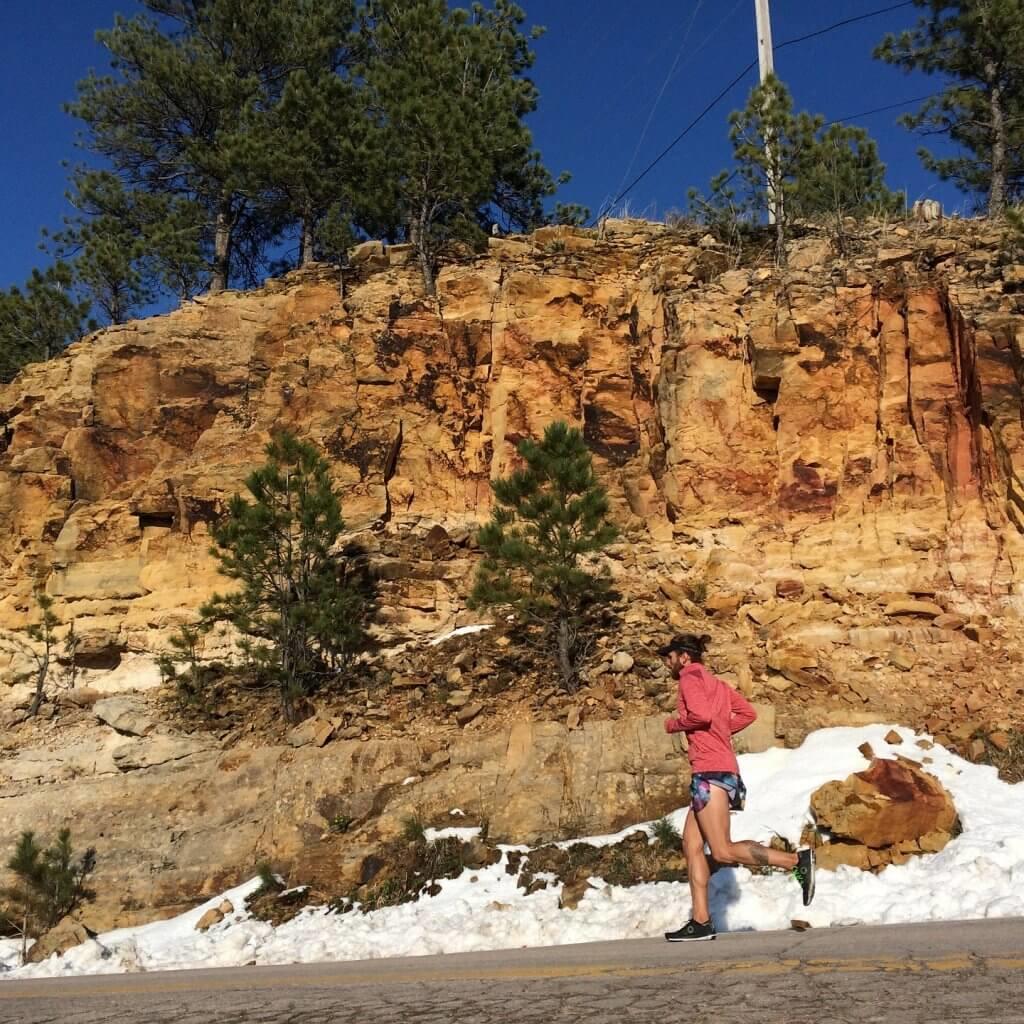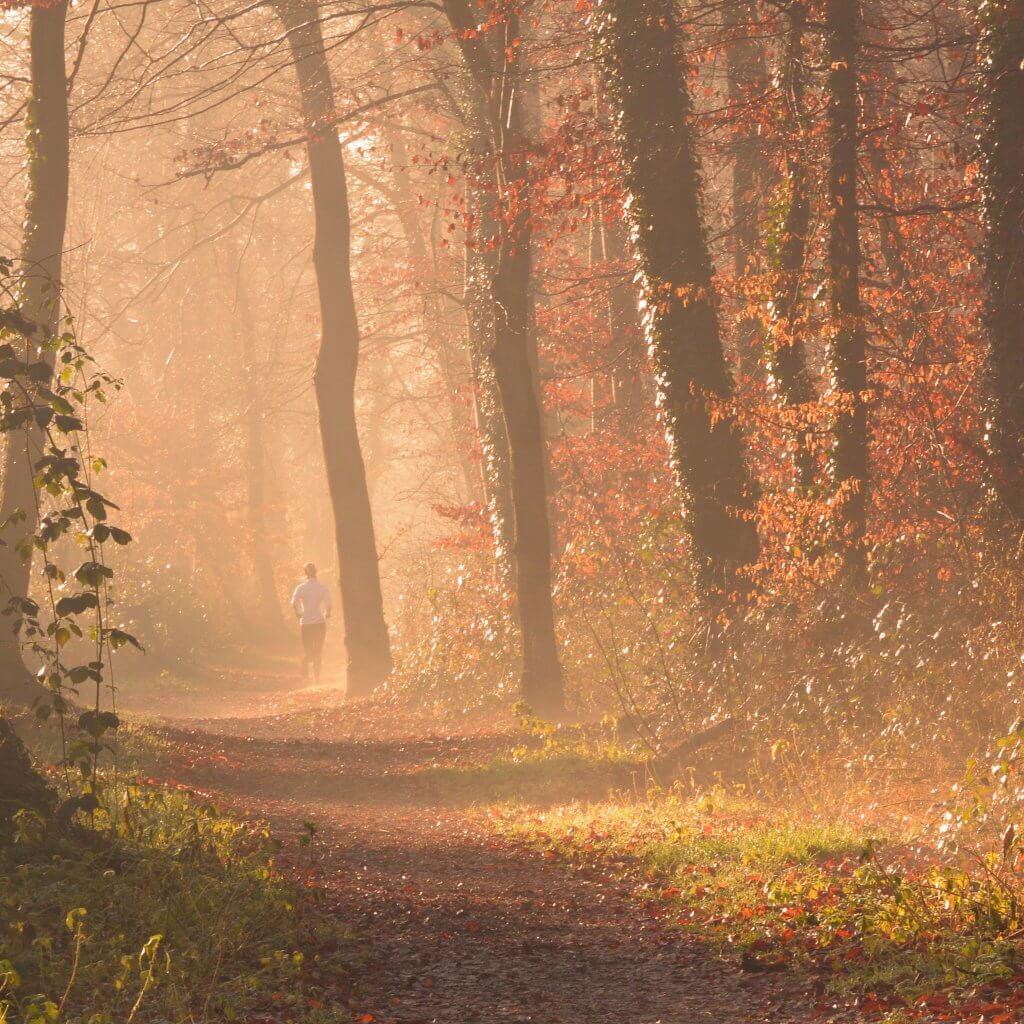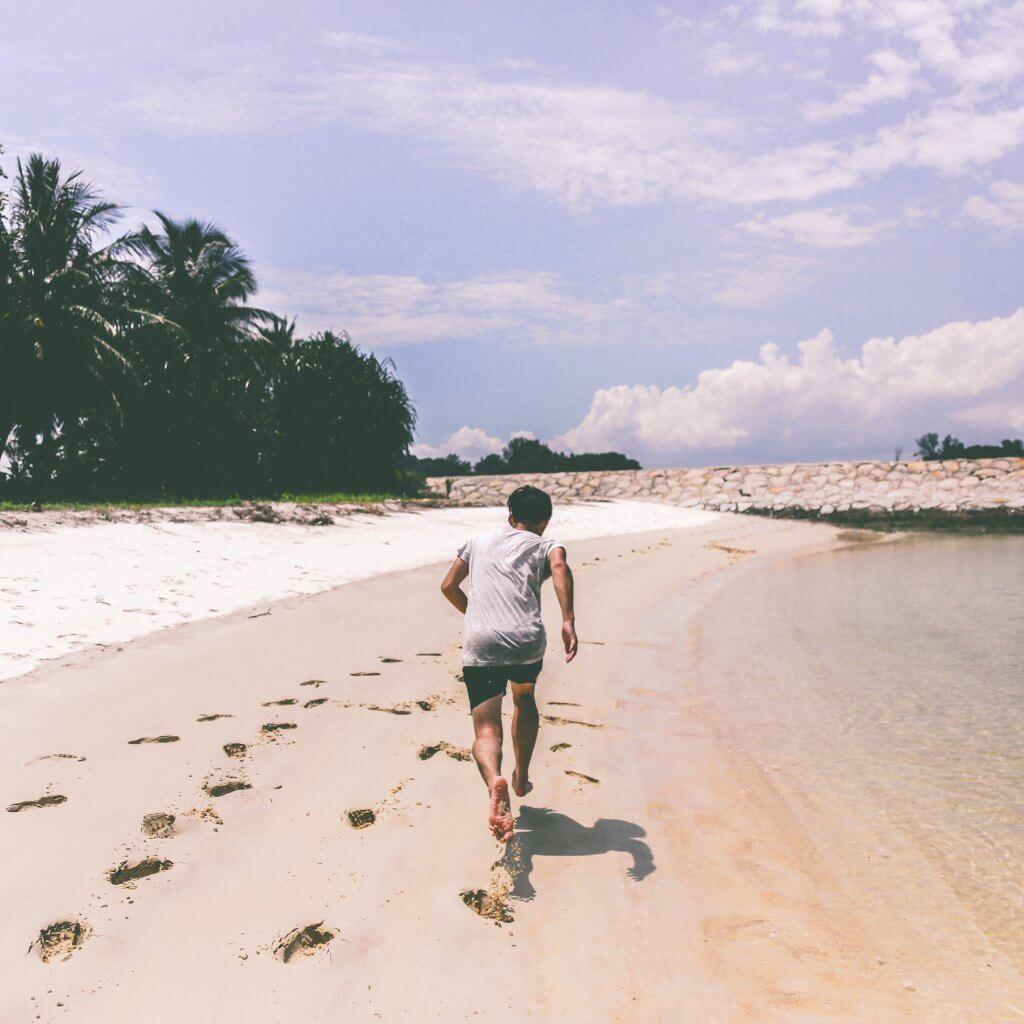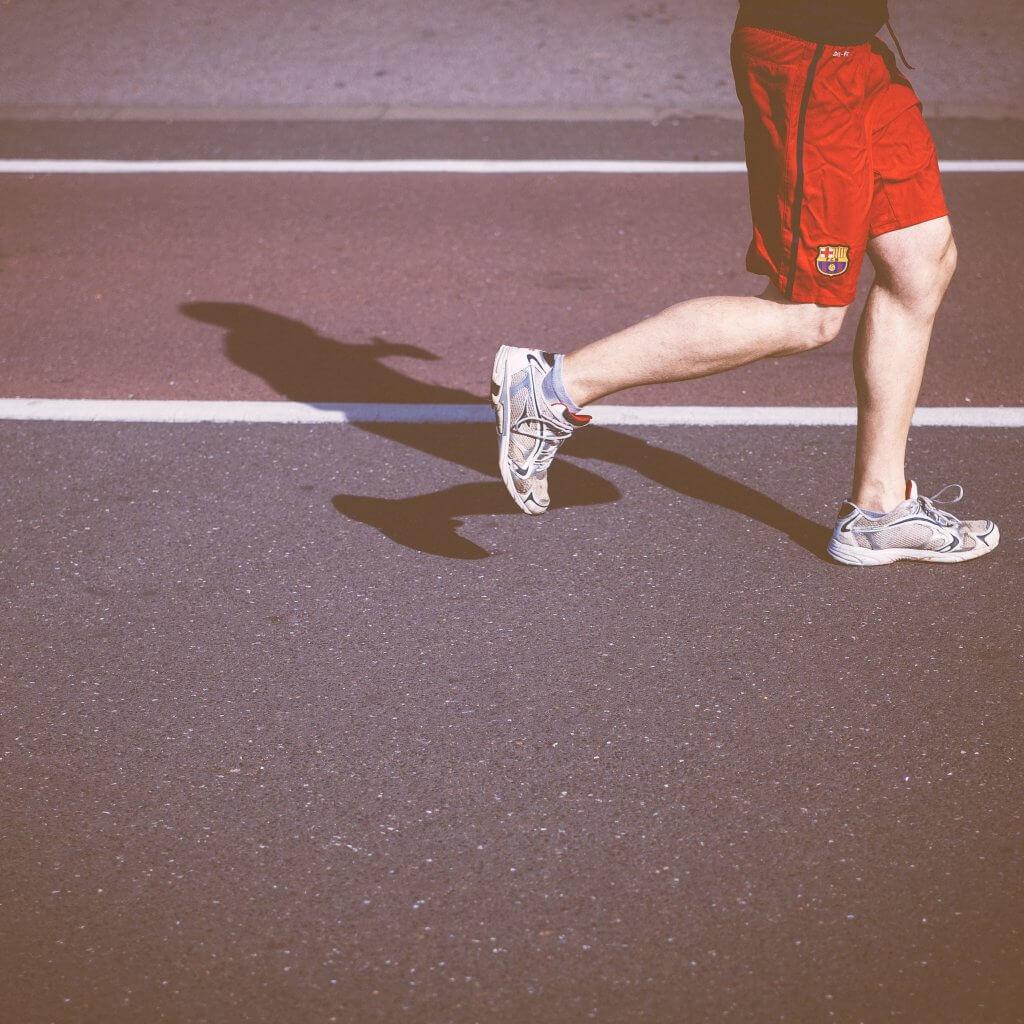7 Most Common Running Surfaces Fully Reviewed

Where do we start when we talk about the 7 Most Common Running Surfaces? Whether we prefer the road or the trails, we all strive to be successful runners. The moment we set off on our training run is the moment we create new possibilities. At the point we begin running, it’s our own decision where we choose to go. We have the independence to take any turn at any time. It is one of the most excellent qualities the sport has to offer. The freedom of running takes us to many different places and on many different surfaces: road, sidewalk, dirt, grass, sand, track, and treadmill. There are various running surfaces that we find ourselves on but remember this: no same surface is created equal. Each surface has its own set of pros along with its own set of cons, and it creates the path we take in becoming better runners every day. By staying informed, we make better, more intelligent decisions, and perhaps avoid some of the most common downfalls in the process. Here you will find 7 diferent running surfaces and how they affect us. So, throw on your running shoes, choose a surface wisely, and create your path, a path towards your next goal and your next successful race.
Road
Since most marathons take place out on the road, this surface is favorable to the majority. While training for a particular race, it’s best to step off the treadmill and onto the surface you wish to compete on. The road can be beneficial because of its convenience; however, it can also be tough on the joints leading to a potential injury. Meanwhile, some experts believe that the road is beneficial to runners with Achilles issues since the road is a hard surface; it will reduce stress on your Achilles’ tendon causing less susceptibility to injury. Regardless, while running on the road, safety becomes a concern. Be sure to wear reflective gear and keep your head on a swivel looking out for motor vehicles, especially when using headphones.

Sidewalk
For many city runners, the sidewalk appears to be the safest and convenient surface of them all. However, sidewalks can also be one of the hardest. Personally, I seldom ever run on the sidewalk because of the stress it creates on your joints and muscles. The effects of sidewalk running have continuously been debated throughout time, but I imagine that we can all agree on the hardness of the sidewalk. Therefore, if you’re fighting an injury, then, it may not be the best road to recovery. So, how can we avoid the negative aspects of pounding the pavement? Perhaps try a shoe that has been fitted correctly. Also, try some extra insole support. Both solutions will help soften the blow.
Meanwhile, beware of unrepaired sidewalks, especially when running at night. It’s easy to clip a broken sidewalk, forcing you to the ground. Not an ideal way to find out how hard the sidewalk is. “Sidewalk” is one of the 7 Most Common Running Surfaces.
Grass
The soft surface of the grass provides a much lower impact than alternative surfaces. The grass layer acts as an extra cushion and provides a well-earned break on the joints for those who consistently train on the road. Unlike running on the road, be sure to keep your head down navigating through the path that lies ahead. Hidden holes as well as, uneven surfaces lurk through the blades of tall grass and within a blink of an eye can instantly cause an injury. Unfortunately, I have been a victim of my feet finding a dirt hole, but luckily enough, I’ve escaped injury free.
Dirt
For some, dirt is the answer to our running prayers. This type of surface has a maximum degree of hardness and just enough leeway preventing the most common running injuries like plantar fasciitis and IT band syndrome. On the other hand, at times, the trails can be self-demanding serving as the home for many steep rolling hills, not to mention, tree roots and big rocks. When running on dirt paths, also known as trails, you quickly learn that if you look up, then you’re going down! The day of my first trail, ultramarathon was the first time I ever ran on a trail. I wiped out 3 times, stubbed my toes 30 times on 30 different rocks, and took a mouth full of mud water. Not to mention, I haven’t had an even ratio of fingernails to toenails since I began racing on trails. But, with all the bumps and bruises the trail had to offer you know what the craziest part of all was? I loved it! On trails, runners earn every single step of the way. What an incredible concept! “Dirt” is one of the 7 Most Common Running Surfaces.

Sand
Ever run on the beach during the morning sunrise? In the running world, there is nothing as incredible as a morning run along the coast as it is inspiring, igniting the fire within you. Furthermore, besides the beneficial mental aspects of running on this surface, the loose sand creates strong resistance, ultimately providing an effective workout and a great way to catch the body off guard. Not to mention, the soft impact of the sand helps prevent injuries. While the loose sand can provide an excellent workout, it can also force the ankles into a vulnerable state. Fortunately, the sand is harder when wet; therefore, running closer towards the water will provide a stiffer running surface. “Sand” is one of the 7 Most Common Running Surfaces.

Treadmill
The treadmill (AKA the deadmill, if you ask me) is a running surface that moves to your command and in my opinion, is no running surface at all. Personally, I seldom ever run on it, but sometimes the convenience is unpassable. It’s also an excellent tool for transitioning onto the street, and it provides a useful tool to build your mental strength. I’ve run a full marathon on a treadmill staring at the same wall for hours on end. If that doesn’t make mental strength for your next race, I’m not sure what will. Also, some say the treadmill can help with injuries, while conversely, others say they cause injuries or prolong their effects. Whatever you choose, understand that we all have different bodies and different goals, treadmill or no treadmill movement of any kind is better than no movement at all. “Treadmill” is one of the 7 Most Common Running Surfaces.
Track
The soft spongy surface of a track is both smooth and firm, and it provides an ideal surface to run on. This human-made loop is beneficial for short speed workouts. However, when running long distances, it’s best to beware. Repetitively circling the same tight loop can wreak havoc on your IT Band. While on the track keep your runs short and quick…then quickly run off!

As we develop as runners, we face multiple obstacles on multiple surfaces. Within the same run, one can walk out their house to the sidewalk, as they make their way to the street, crossing over a field of grass, down a dirt path, to a track for an intense speed work out, taking the scenic route along the beach, to a gym for a recovery run on the treadmill. Variety is the spice of life. It keeps our runs fresh and exciting. If you take anything from this information, remember this: no same surface is created equal. If we can understand this concept and apply it to our running, we can become stronger faster runners while minimizing injuries and providing us longevity in our sport. “Track” is one of the 7 Most Common Running Surfaces.
Latest Articles
 Is Running on a Treadmill Easier Than Running Outside?Runners have their own preferences, whether it is treadmill running, running outside on the road, or exploring trails. So...
Is Running on a Treadmill Easier Than Running Outside?Runners have their own preferences, whether it is treadmill running, running outside on the road, or exploring trails. So... Is It OK to Use Trail Running Shoes on the Road?While trail running shoes can be used on roads, especially in situations where a runner encounters mixed terrains or pref...
Is It OK to Use Trail Running Shoes on the Road?While trail running shoes can be used on roads, especially in situations where a runner encounters mixed terrains or pref... How to Fix Sore Quads After Running?Rest, ice, gentle stretching, and over-the-counter pain relievers can help soothe sore quads after running. Also, ensure ...
How to Fix Sore Quads After Running?Rest, ice, gentle stretching, and over-the-counter pain relievers can help soothe sore quads after running. Also, ensure ... 10 Fruits With The Most Electrolytes to Replace Sports DrinksThese fruits are high in electrolytes such as potassium, magnesium, and calcium, essential for hydration, muscle function...
10 Fruits With The Most Electrolytes to Replace Sports DrinksThese fruits are high in electrolytes such as potassium, magnesium, and calcium, essential for hydration, muscle function...

